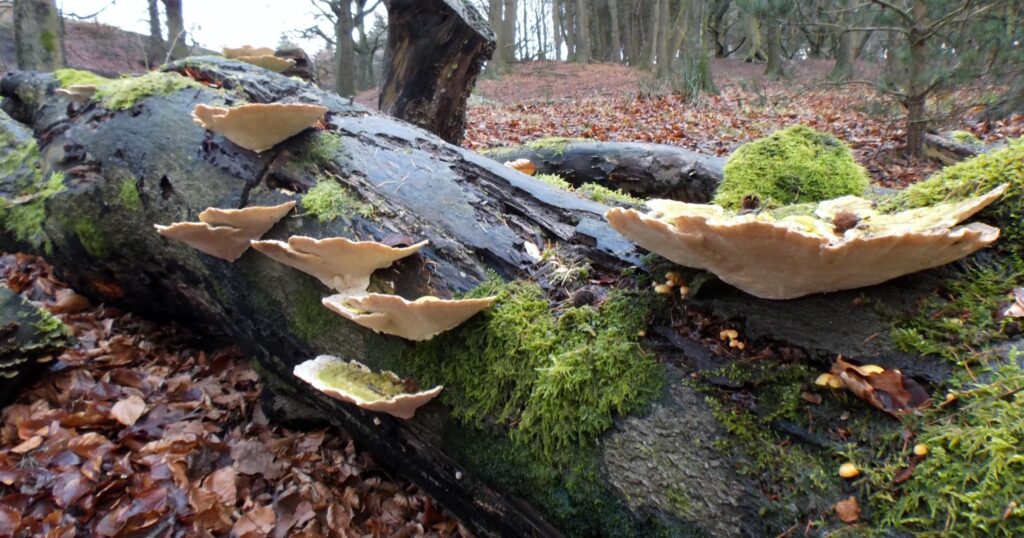Social science literature on protected areas (PAs) has until now mainly focused on how PAs have been implemented at the expense of the interests of people living in and around the PA and how this, in turn, has often resulted in conflict. However, it is increasingly recognised that this view of PA establishment and management often fails to understand that the internal and external interests are much more diverse and complex, and are not exclusively related to issues of conservation. Instead, the establishment and management of PAs have to be understood in a wider context of interest and strategies of the various segments of the population.
This article analyses an example of small scale farmers in Miraflor, Nicaragua, struggling to have their region declared as a PA. On the surface, this struggle represents a paradox, as the small scale farmers thus accept the potential restrictions on land use that the declaration as a PA entails. But, as this article proposes, having the area declared a PA became a way for small scale farmers to make the region less attractive to resourceful people from outside of Miraflor who had started to buy up land in the area. However, these resourceful landowners also tried to influence the implementation process and promote their own interests. The PA management plan consequently became the ‘arena’ for negotiation and alliance building between different segments of competing land users, from the virtually landless poor to the landed small scale farmers to the resourceful, largely absentee landowners. In addition to this, national and international external institutions were – knowingly or not – drawn into and took part in this negotiation.
A PA management plan, which is often considered a key instrument in PA management, is thus much more than a technical document building on sound ecological principles. It is created through negotiations between different stakeholders and their inherent interests and is just as much about securing and expanding livelihoods as it is about protecting landscapes and biodiversity. Competing segments of land users try to influence the environmental governance regime emerging from the PA declaration and the corresponding management plan. Therefore, it is important to understand the alliances forged and the discursive strategies employed by the various social actors during the establishment of PA management regimes, and in particular during the negotiation of the PA management plan.
The environmental authority dealing with the declaration and implementation of the PA management plan needs to understand that there often is such a conflict of interests. Furthermore, it is important that this authority possesses the necessary competencies and legal provisions to promote what are considered to be public environmental concerns, so these are not neglected in the competition for promoting other interests. Thus, it is crucial to identify and address the actors whose practices are in conflict with the environmental objectives for protection and undermine the concept of local participation in PA management. The issue at stake is not only protecting a landscape, but, perhaps more importantly, protecting livelihoods.
Originally published as:
Ravnborg, H.M. 2008. Organising to protect: Protecting landscapes and livelihoods in the Nicaraguan hillsides. Conservation & Society 6(4): 283-292.
Helle Munk Ravnborg (hmr@diis.dk) is at the Natural Resources and Poverty Research Unit, Danish Institute for International Studies, Copenhagen, Denmark.





